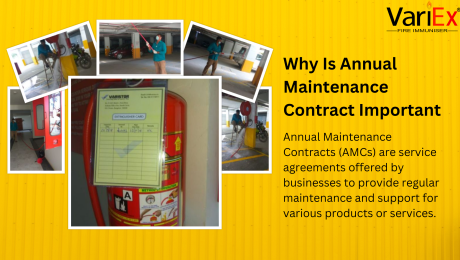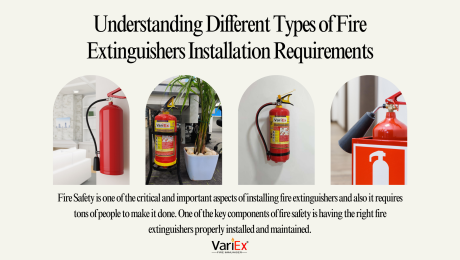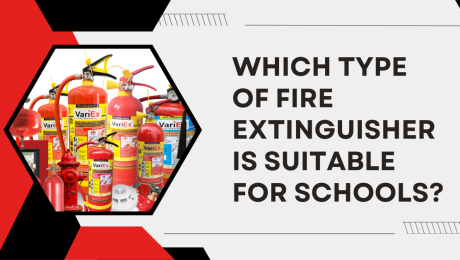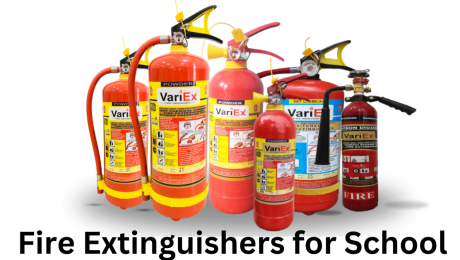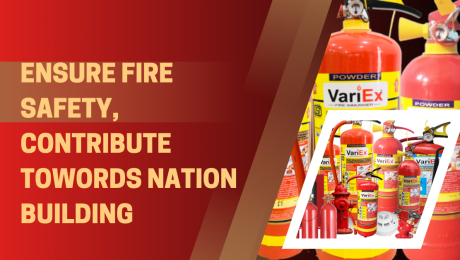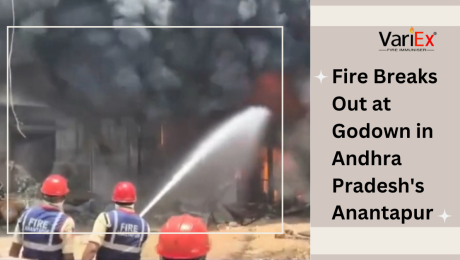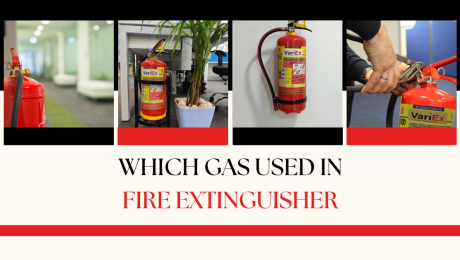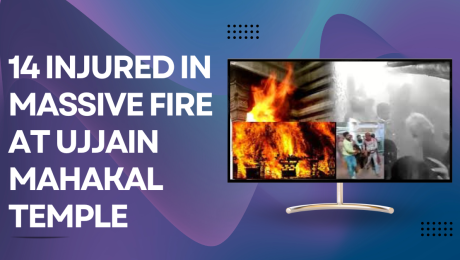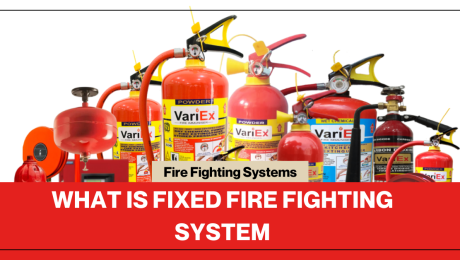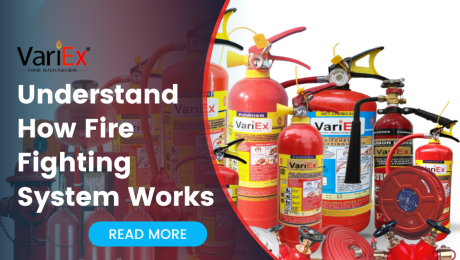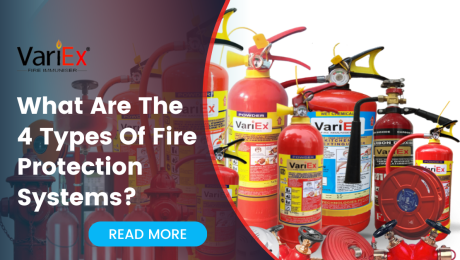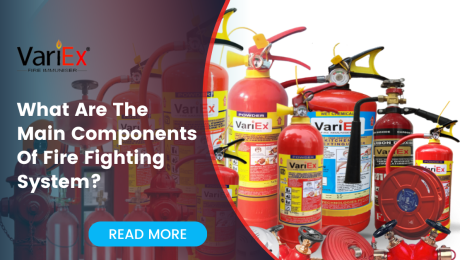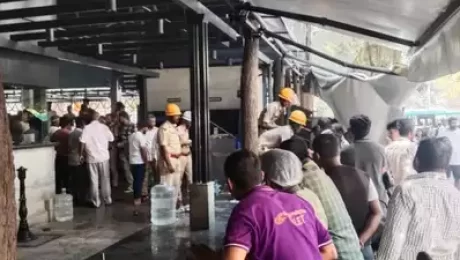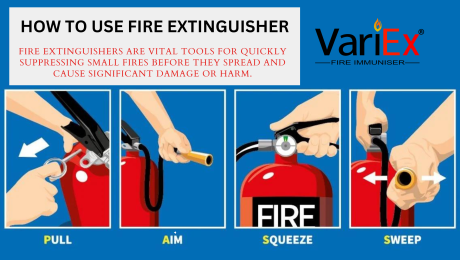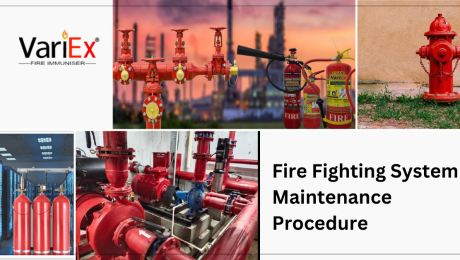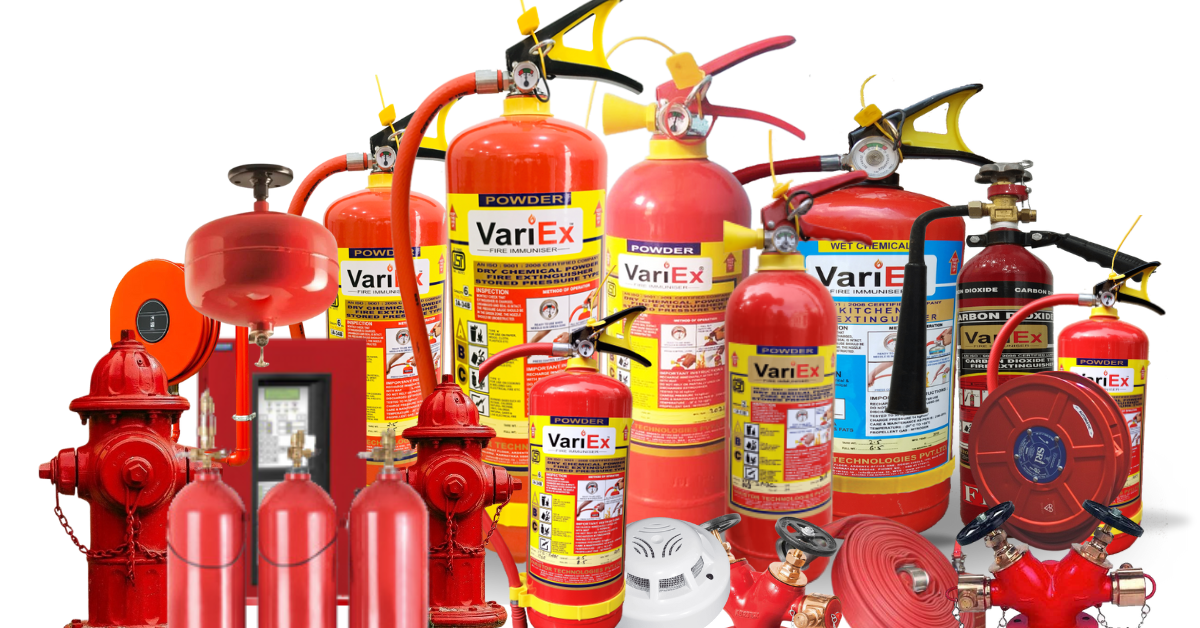Fire extinguisher are vital tools for safeguarding lives and property against the threat of fires. This category offers a comprehensive selection of fire extinguishers designed to meet diverse fire safety needs.
Types:
- ABC Dry Chemical Fire Extinguisher:
- Versatile and effective against various fire classes (A, B, C).
- Ideal for use in homes, offices, and commercial spaces.
- CO2 Fire Extinguishers:
- Suitable for electrical fires (Class B) and safe for use around electronics.
- Commonly used in server rooms, labs, and offices.
- Water and Foam Fire Extinguishers:
- Effective against Class A fires (combustible materials).
- Recommended for use in wood, paper, and textile-rich environments.
- Halon Fire Extinguishers:
- Suitable for critical environments where minimal damage is crucial.
- Commonly used in museums, data centers, and laboratories.
Usage Tips:
- Place extinguishers in easily accessible locations.
- Regularly inspect and maintain extinguishers as per manufacturer guidelines.
- Train personnel on proper usage and evacuation procedures.
Safety Guidelines:
- Choose the right type based on the potential fire risks in your environment.
- Follow the PASS technique (Pull, Aim, Squeeze, Sweep) when using an extinguisher.
- Evacuate immediately if the fire is not controllable.
Conclusion: Fire extinguishers are indispensable tools for immediate response to fires. Browse our diverse range to find the right extinguisher for your specific fire safety requirements. Ensure your space is well-equipped to handle emergencies and prioritize the safety of occupants and assets.
Annual Maintenance Contract Important
- Published in AMC Services, Fire Extinguisher, Fire Fighting System
Understanding Different Types of Fire Extinguishers Installation Requirements
- Published in Fire Extinguisher
Which type of fire extinguisher is suitable for schools?
- Published in Fire Extinguisher
Ensure Fire Safety, Contribute Towords Nation Building
- Published in Fire Extinguisher
Fire Breaks Out at Godown in Andhra Pradesh’s Anantapur
- Published in Fire Extinguisher
Which Gas Used In Fire Extinguisher
14 Injured in Massive Fire at Ujjain Mahakal TempleAuto Draft
- Published in Fire Extinguisher
What Is Fixed Fire Fighting System
Understand How Fire Fighting System Works
- Published in Fire Extinguisher, Fire Fighting System, Fire Safety Equipment
What Are The 4 Types Of Fire Protection Systems?
What Are The Main Components Of Fire Fighting System?
Minor Blast Injures Four at Rameshwaram Cafe in Whitefield.
- Published in Fire Extinguisher
How To Use Fire Extinguisher
Fire extinguishers are vital tools for quickly suppressing small fires before they spread and cause significant damage or harm. Understanding how to properly operate a fire extinguisher is essential for everyone’s safety. In this comprehensive guide, we’ll delve deeper into the specifics of using a fire extinguisher effectively in various situations.
- Published in Fire Extinguisher
Fire Fighting System Maintenance Procedure
Regular maintenance of fire fighting systems is essential to ensure their continued functionality and reliability in the event of a fire emergency. This guide outlines the key procedures involved in maintaining fire suppression systems to mitigate risks and protect lives and property.
1. Scheduled Inspections:
- Conduct scheduled inspections of all components of the fire fighting system, including control panels, piping, nozzles, detectors, fire alarms system, and fire extinguishers.
- Inspections should be performed by qualified technicians according to manufacturer guidelines and regulatory requirements.
2. Functional Testing:
- Perform functional tests of the entire fire fighting system to verify proper operation and response.
- Test alarms, detectors, and suppression equipment to ensure they activate as intended.
- Simulate fire scenarios to assess the system’s effectiveness in detecting and suppressing fires.
3. Inspection of Components:
- Inspect piping, valves, and nozzles for signs of corrosion, leaks, or damage.
- Check detectors and alarms for proper positioning, cleanliness, and functionality.
- Verify that control panels and electrical connections are secure and free from defects.


